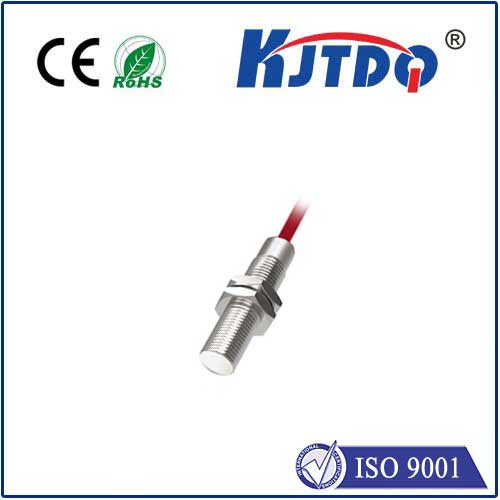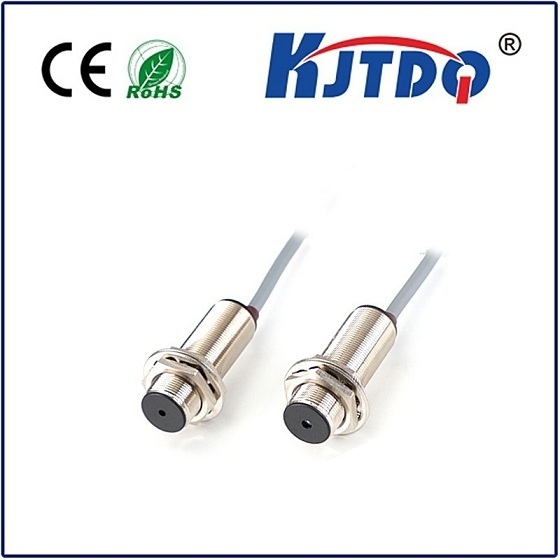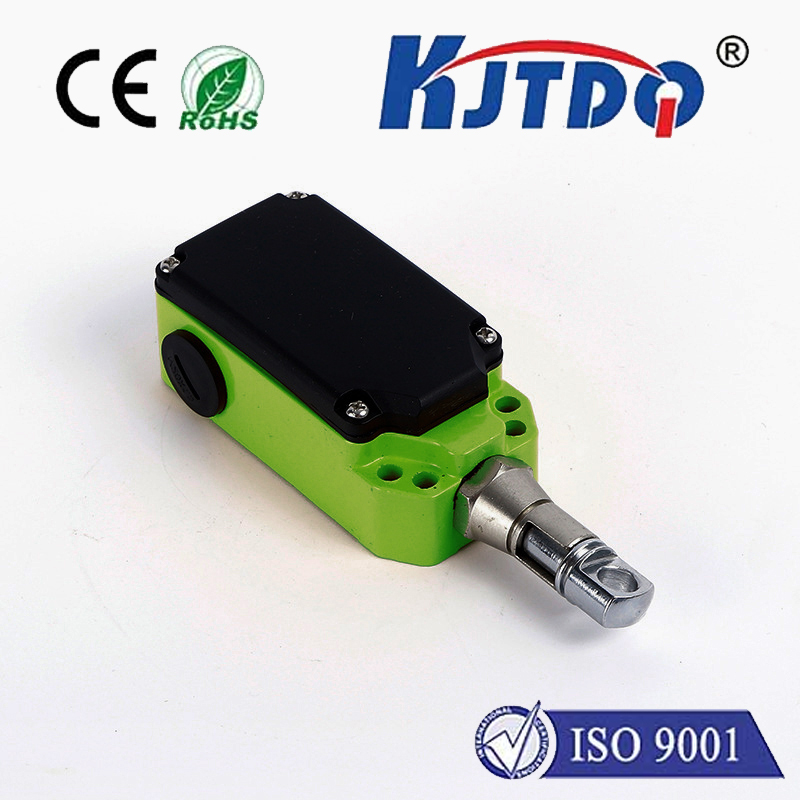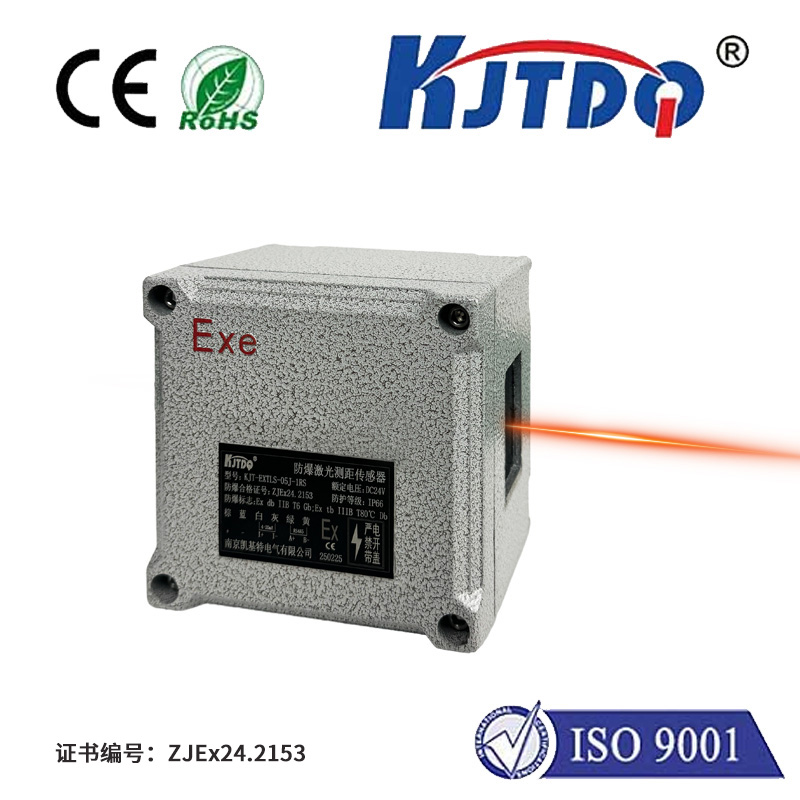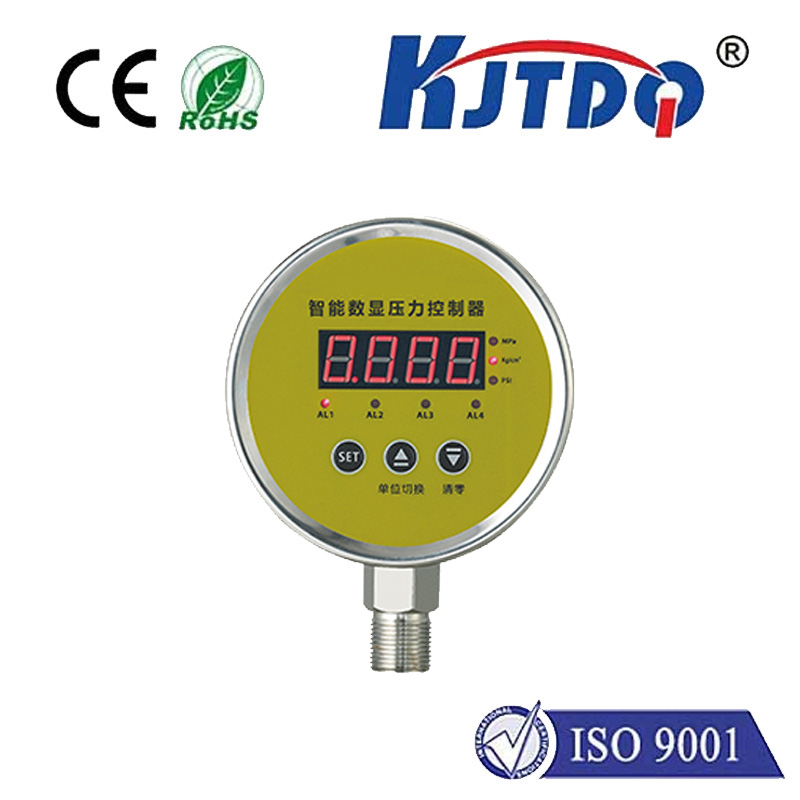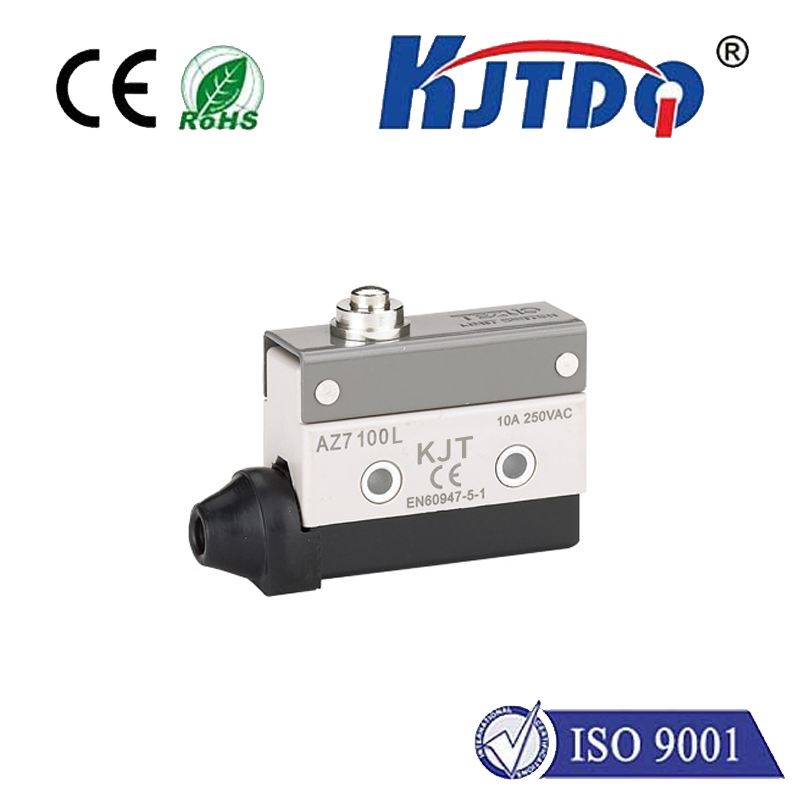

check

check

check

check
NI5-G12-Y1: A Comprehensive Guide to Understanding and Optimizing Industrial Automation Systems
In the rapidly evolving landscape of industrial automation, the integration of advanced technologies such as robotics, sensors, and control systems has become essential for maximizing efficiency and productivity. One of the most widely used systems in this field is the NI5-G12-Y1, a powerful platform designed for real-time data acquisition and control. This article explores the key features, applications, and best practices for utilizing the NI5-G12-Y1 in industrial settings, ensuring that readers gain a clear understanding of how to leverage this technology effectively.
The NI5-G12-Y1 is part of National Instruments’ suite of industrial automation solutions, tailored for applications requiring high precision and real-time performance. It is particularly popular in sectors such as manufacturing, automotive, and aerospace, where reliable and accurate data processing is crucial. The system is built on a robust framework that supports a wide range of devices and protocols, making it adaptable to various industrial environments.

One of the standout features of the NI5-G12-Y1 is its high-resolution data acquisition capability. It supports sampling rates up to 100 kHz, allowing for precise measurements in dynamic industrial processes. This makes it ideal for applications such as vibration analysis, temperature monitoring, and process control, where accuracy is paramount. Additionally, the system is compatible with both PCIe and USB interfaces, ensuring flexibility and ease of integration into existing infrastructure.
Another important aspect of the NI5-G12-Y1 is its real-time processing capabilities. Unlike traditional data acquisition systems, it processes data in real-time, enabling immediate feedback and control adjustments. This is particularly beneficial in environments where rapid response times are necessary, such as in automated assembly lines or in real-time quality inspection systems. The system’s modular design allows users to customize their configuration based on specific needs, enhancing both performance and scalability.
The NI5-G12-Y1 also integrates seamlessly with National Instruments LabVIEW, a comprehensive software platform that simplifies data acquisition, analysis, and visualization. This integration allows users to create custom applications tailored to their specific industrial needs, from simple data logging to complex process optimization. LabVIEW’s user-friendly interface and extensive library of tools make it an ideal choice for both novice and experienced engineers.
In addition to its technical features, the NI5-G12-Y1 is designed with user-friendliness in mind. It offers a graphical user interface (GUI) that simplifies setup, configuration, and data analysis, reducing the learning curve for new users. The system also includes built-in diagnostic tools and error logging capabilities, which help in troubleshooting and maintaining system performance over time.
For organizations looking to implement the NI5-G12-Y1, it is essential to consider the specific requirements of their industrial process. Whether it is a small-scale manufacturing operation or a large-scale production facility, the system can be adapted to fit various applications. It is recommended to start with a pilot project to evaluate its performance and make necessary adjustments before full-scale deployment.
Furthermore, the NI5-G12-Y1 supports remote monitoring and control, which is a valuable feature in modern industrial settings. This allows operators to monitor and manage systems from a centralized location, improving efficiency and reducing the need for on-site intervention. The system also supports cloud integration, enabling data to be stored and analyzed in the cloud for greater accessibility and scalability.
In conclusion, the NI5-G12-Y1 is a versatile and powerful tool for industrial automation, offering high precision, real-time processing, and seamless integration with existing systems. Its modular design, compatibility with LabVIEW, and user-friendly interface make it an excellent choice for a wide range of industrial applications. By understanding its features and best practices, users can maximize the potential of this technology to drive innovation and efficiency in their operations.
